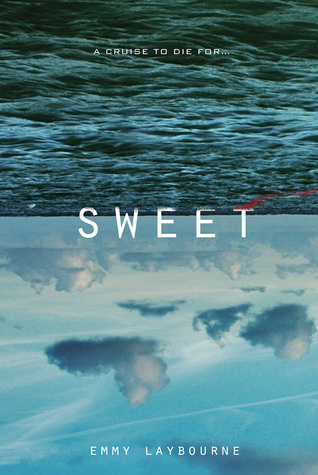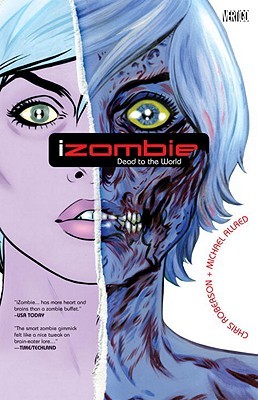The
Ribs and Thigh Bones of Desire by Sandra Hutchison 405 pages
I have to admit that I didn’t pay much attention to
the title of this book when I entered the Shelf Awareness newsletter contest; I
was more captivated with the story and the cover. I kinda cringed when it
arrived in the mail; seemed a little too much erotica for me. But, luckily, the
story lived up to, and exceeded, my expectations.
The story opens with David Asken and his family
returning from their family vacation at Walt Disney World. David hates to fly,
that's obvious with the first sentence: “What was the point of being married,
David wondered, if he couldn’t at least have a little company while he was
pretending not to be terrified?” They are flying through a thunderstorm.
Suddenly the “engines roared and the plane lifted steeply up again…the plane
suddenly lurched left.” I was hooked and settled into my chair for a wonderful
read.
Chapter Two starts with David’s family’s---wife,
Elaine, and daughter, Emily---memorial service. How he escaped, he has no idea.
All he knows is that he will never be the same, physically, emotionally, and
mentally.
David has been relying on his sister while he was in
the hospital. Now that he’s out, he depends a lot on Emily’s babysitter,
sixteen-year-old Molly. She has become, basically, his housekeeper.
Molly has her own horrors to survive. Her mother, a
celebrated artist, created a work to memorialize Molly’s puberty. It’s a statue
made of tampons, logically called Tampon
Girl. The mocking is so bad, she’s forced to change schools. Plus her mother is known to have a
different man at the house every weekend when Molly goes to her father’s. As
the two try to cope with what life has thrown at them, it’s not easy for
either.
The
Ribs and Thigh Bones of Desire is an honest look at
grief and coming to grips with their new normal. At first Molly is David’s
caretaker and lifeline. But as the story progresses, David becomes Molly’s
caretaker and lifeline. In the coming-of-age novel, both protagonists must
learn life’s lessons the hard way.
I thoroughly enjoyed this, Hutchison’s second novel.
While the premise of the novel does become sexual, it’s not gratuitous. The
plot never disappointed. I give The Rib
and Thigh Bones of Desire five out of five stars…Hutchison is my new favorite
author.





























